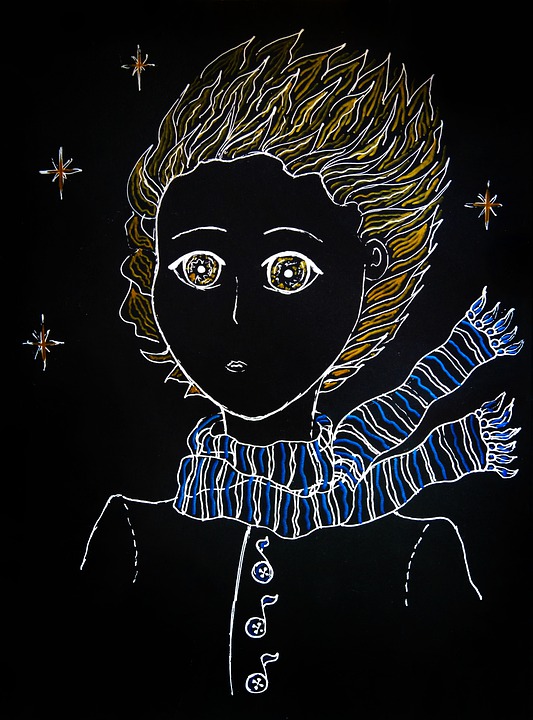A fox crept up to a vine. He gazed longingly at the fat purple, overripe grapes. He placed his front paws against the trunk of the vine, stretched his neck and tried to get at the fruit, but it was too high. Irritated, he tried his luck again. He launched himself upward, but his jaw snapped only at fresh air. A third time he leaped with all his might – so powerfully that he landed back down on the ground with a thud. Still not a single leaf had stirred. The fox turned up his nose: “these are not even ripe yet. why would I want sore grapes? ” Holding his head high, he strode back into the forest.
The greek poet, Aesop, created this fabel to illustrate one of the most common errors in reasoning. And inconsistency arose when the fox set out to do something and failed to accomplish it . He can resolve this conflict in one of three ways: (A) By some how getting at the grapes. (B) By admitting that his skills are insufficient or (C) By retrospectively re-interpreting what happened. the last option is an example of cognitive dissonance, or rather, its resolution. Happyho also provides best Meditation and Tarot classes in Noida and Delhi NCR India area
Suppose you buy a new car. However you regret your choice soon afterwards: engine sounds like a jet taking off and you just cannot get comfortable in the drivers seat. What do you do? giving the car back would be an admission of error ( you don’t want that !) , and anyway, the dealer probably would not refund all the money. So you tell yourself that a loud engine and awkward seats are great safety feature that will prevent you from falling asleep at the wheel. Not so stupid after all, you think, and you are suddenly proud of your sound, practical purchase.
Leon Fastinger and Merrill Carlsmith of Stanford University once ask their students to carry out an hour of excruciatingly boring tasks. They then divided the subjects into two groups. Each student in group A received a dollar (It was 1959) and instructions to wax lyrical about the work to an another student waiting outside – in other words, to lie. The same was asked of the students in group B, with one difference: they were given dollar 20 for the task. Later, the students had to divulge how they had really found the monotonous work. Interestingly those who received only a dollar rated it as significantly more enjoyable and interesting. Why? One measly dollar was not enough for them to lie outright: instead they convinced themselves that the work was not that bad. Just as a Aesop’s fox re- interpreted the situation, so did they. The students who received more did not have to justify anything. They had lied and netter dollar 20 for it – a fair deal they experienced no cognitive dissonance.

